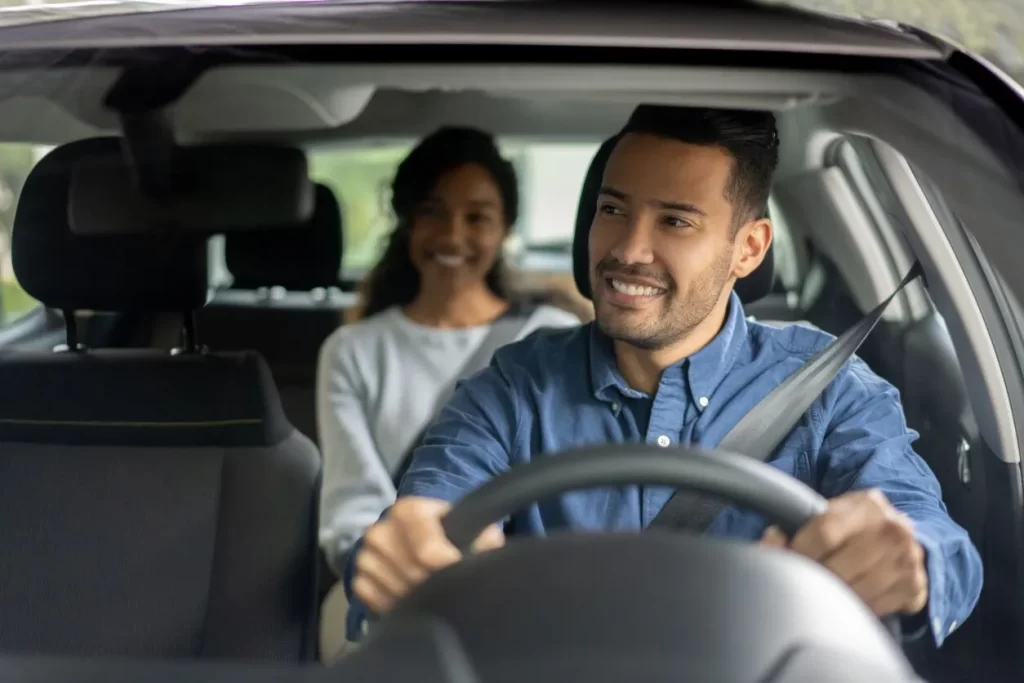
Insurance Considerations for Ride-Sharing Drivers
Addition of rideshare coverage can provide extra protection, although its effect will vary based on stage of operation.
Personal auto policies generally protect Uber drivers while their app is waiting to receive requests; once an accepted ride request has been accepted, however, Uber’s commercial policy kicks in and provides comprehensive protection until the passenger exits their ride.
Coverage Gaps
Coverage gaps exist between rideshare drivers’ personal auto policies and those provided by ridesharing companies, leaving drivers vulnerable. Thankfully, many providers provide comprehensive rideshare insurance policies to fill these voids and ensure drivers receive adequate protection.
Most standard car policies don’t cover commercial usage of their vehicle, creating a significant gap in coverage when drivers sign up with rideshare companies and make themselves available as rides. Rideshare company coverage may take several days to kick in; during that timeframe if an accident happens then drivers could end up footing the bill themselves for damages caused.
Uber and Lyft provide coverage in different time periods to address this problem, from “period 1,” when drivers have their app open but have yet to match with passengers; “period 2,” when accepting ride requests but are yet waiting for a match; to “period 3,” which includes when trips commence until passengers exit their vehicles.
Liability Coverage
While rideshare companies do provide liability coverage for drivers, most policies only cover injuries and damage sustained during Period 1 (app on/waiting for ride request). Furthermore, many personal auto insurers consider driving for Uber or Lyft to be business activities which breach policy terms and could lead to cancellation or non-renewal of coverage.
Period 2 is when rideshare companies provide PIP and med pay coverages – first-party policies designed to pay medical expenses in case of an accident not your responsibility, although these usually have low limits and only apply when transporting customers.
Uber and Lyft both provide contingent collision and comprehensive coverages during Period 3 (once the passenger has entered your car). However, these policies typically only cover your car if you possess an individual policy offering this coverage and fulfill certain requirements.
Comprehensive Coverage
Comprehensive and collision coverage are often worth having even when already having personal car insurance or working for a delivery service like DoorDash, since Uber, Lyft and other ride-sharing drivers spend longer behind the wheel than most people and thus more often end up involved in accidents that require expensive repairs.
Liability coverage provided by rideshare companies during Stage 1 (On the Way to Pickup a Customer) generally only protects drivers against claims filed by passengers, not themselves. This leaves drivers vulnerable against expensive repair costs or other financial obligations which aren’t covered by their personal policy or company-provided commercial car insurance policies. Hence, many riders opt to purchase additional coverage from independent insurance providers offering full protection during all stages of their rideshare driving gigs; depending on which insurer offers these policies as either endorsements to existing auto policies or standalone policies as part of their protection plan.
Collision Coverage
Uber and Lyft’s liability coverage covers up to $1 Million; however, only your own third-party injuries and property damages will be covered (and it must first be presented with your personal auto insurer before being covered by them).
Period 3 is when uninsured or underinsured drivers hit you; Uber’s and Lyft’s liability insurance will pay up to $2 million of damages; however, you must submit your claim through your personal auto policy first.
Major auto insurers typically provide rideshare-specific endorsements or standalone car policies designed to cover drivers working for transport network companies like Uber and Lyft, at much reduced premiums than commercial policies and without leaving financial gaps open for financial risk.
